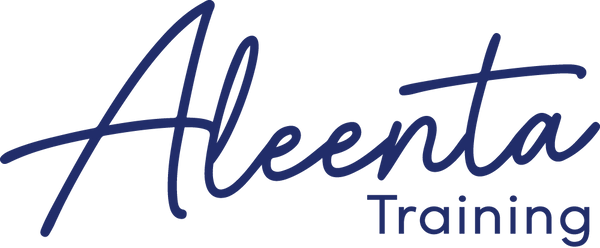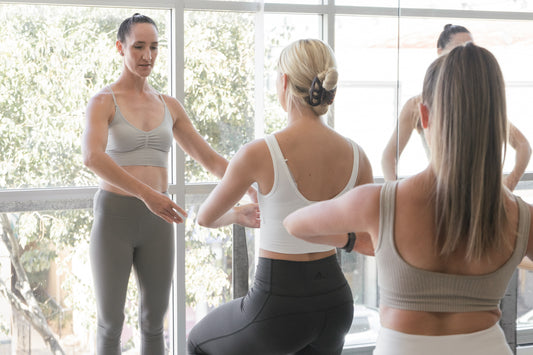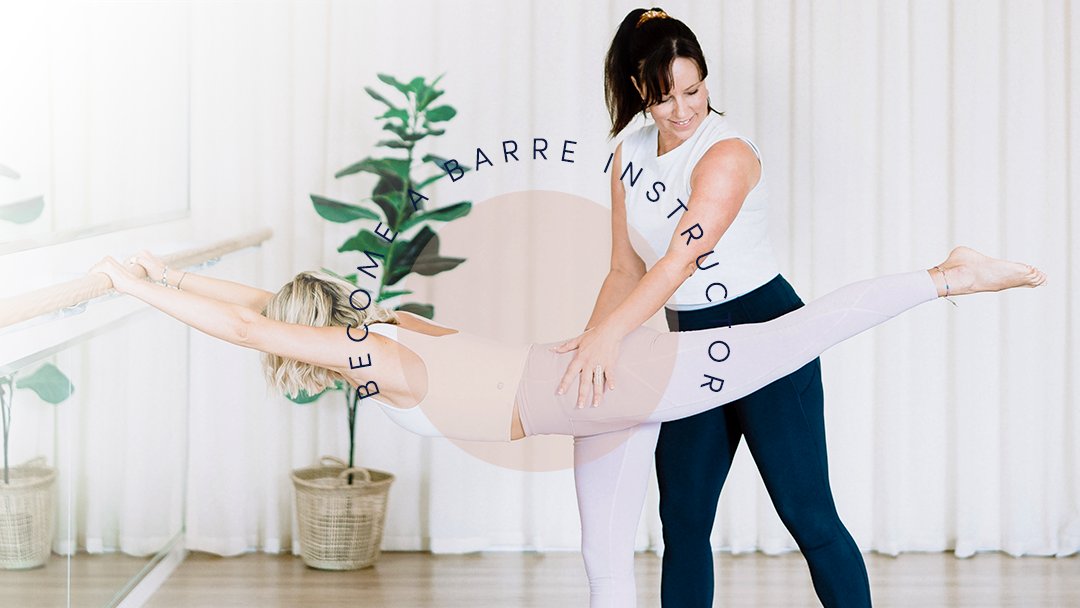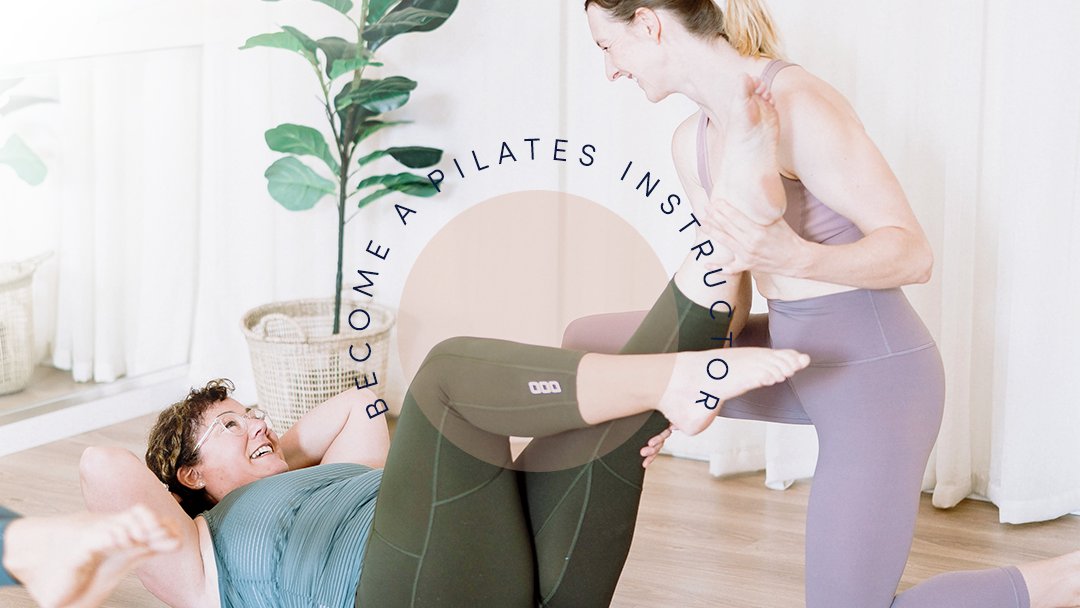
Is it the end of cueing the Deep Abdominals for back pain in Pilates?
Share
I recently got an email from Steph at Pilates HQ on the topic of ‘Deep Abdominals: to cue or not to cue?’ and it got me thinking and thought I would respond with my own thoughts.
As a clinically trained Pilates Instructor of 15 years, my initial training coincided with new research that showed that the spine-supporting deep abdominal muscles were under active in people with back pain. This led to a great amount of attention to re-training them. In individualised Pilates sessions I would use ultrasound imaging to assess deep abdominal activation and to help the patients learn to ‘properly’ engage them. Subsequent clinical trials have suggested that you’re likely to get the same benefit from exercising without this kind of focussed attention on these muscles as you do with it (e.g., Asghar et al, 2008).
So, should we forget focussed engagement of the deep abdominals during Pilates…. or is there a baby-in-the-bathwater situation here?
The deep abdominals in professional practice: why it’s hard to let go, and why we might not want to….

If you are an old school Clinical Pilates instructor like me, you too probably took pride in your attention to detail, an ability to assess individual needs and tailor exercises to the specific needs of clients with the pain and injury. In my time working in Pilates Rehabilitation context, I recall delighting in educating clients on the biomechanics of the spine, with a spiel something like the following:
“The deep abdominal (transverse abdominus) wraps around your core like a cylinder. The diaphragm forms the ceiling, and pelvic floor the base. Working together, these muscles generate forces that stiffen the supporting cylinder and support the spine. After injury or pain the Transverse Abdominal is shown to become lazy (inhibited) which impairs this support mechanism. By learning to consciously activate the TA, Pelvic floor, and to coordinate these with diaphragmatic breathing, we can retrain the TA to become more active again – thereby restoring its supporting function. So, let’s get it going again…”
A side benefit of this explanation and approach was its psychological benefit to both the clients and me as an instructor. For clients, it was empowering to understand the cause of ongoing back pain in a way that this is linked to something that was in their control, that they could fix. As an instructor, I loved how it gave even the simplest Pilates exercises a central focus based on the science. And more than that, it gave me a place to start for clients who were in so much pain that engaging in ‘normal’ exercise was not possible. That is, we could start with exercises that were as simple as coordinating breathing, and isolated muscle contractions, before gradually introducing more dynamic exercises.
I raised this topic with a Lecturer in Musculoskeletal Physiotherapy at the University of South Australia and also my husband (so a handy resource!). Based on current literature and our collective experience, we came to 3 sensible conclusions on this topic:
1. The most important thing in recovery from back pain is to exercise.
The details of the exercise will have some influence, but the most important thing is the movement and loading, that stimulates the body tissues in ways that maintains their health and stimulates healing.
o Motion-is-lotion
o Wear-stimulates-repair

2. Most of the time, cuing engagement of the lower abdominals isn’t necessary,
particularly if it becomes a distraction from progressing an exercise sequence or program.
3. Sometimes, people just need a place to start with exercise.
And at least in these cases, practice coordinating breath, abdominal, and pelvic floor contractions can be a great starting point to re-engage with the body, build confidence, and springboard to other activities.
These 3 sensible conclusions sounded a little boring and simple to me at first. No anatomical muscle to focus on and a set of specific exercises. But… then I realised that my possibilities to help got a whole lot bigger and better. Letting go of the deep abdominals as the be-all then suddenly allowed for other creative, fun and challenging exercises that could also be part of the solution to my client issues with back pain. Both myself, the Instructor and clients really enjoy this freedom and enabled me to design classes that were more satisfying and progressive for clients, which motivated them to stay with movement for life rather than just movement as a treatment.
What are your thoughts? Do you cue deep abdominals and why? I’d love to hear your thoughts and feedback on this topic.
References
Akbari, A., Khorashadizadeh, S., & Abdi, G. (2008). The effect of motor control exercise versus general exercise on lumbar local stabilizing muscles thickness: randomized controlled trial of patients with chronic low back pain. Journal of back and musculoskeletal rehabilitation, 21(2), 105-112.






